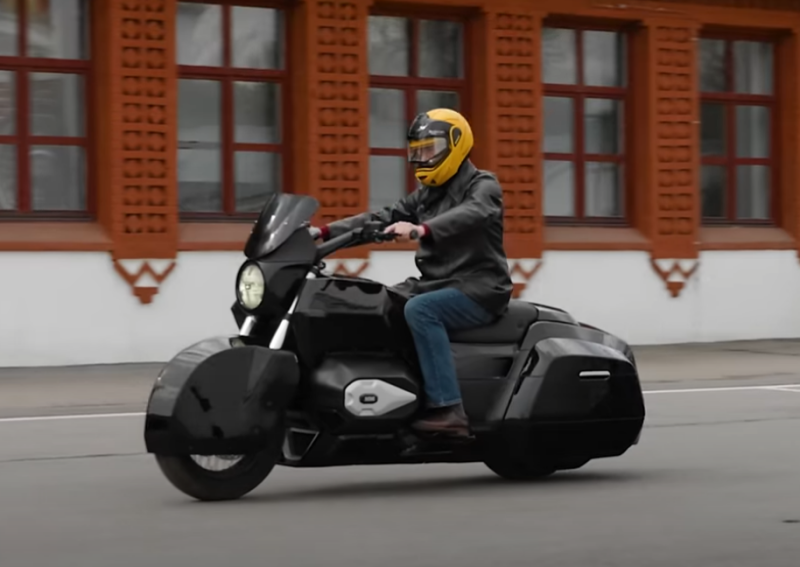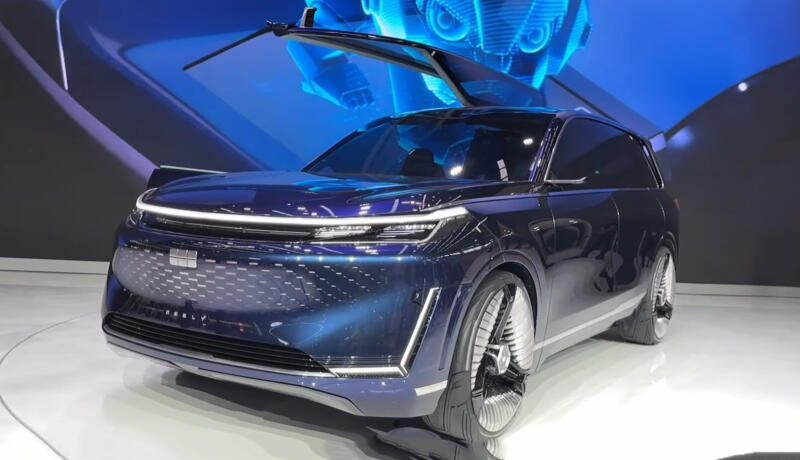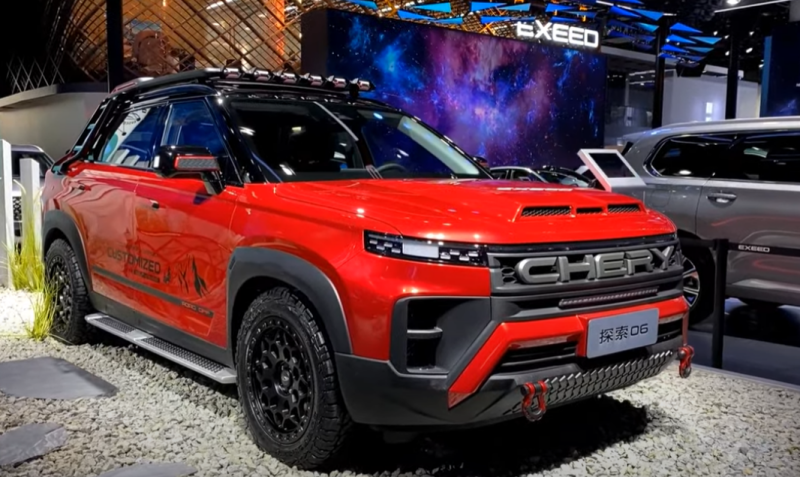Some theory
In cars with an EV index, one or more electric motors are located under the hood and (or) near the wheels. Their use not only prevents the emission of harmful substances into the atmosphere, but also allows the use of engines with high efficiency, up to 95%. For example, for a diesel engine, this parameter is 45%. In addition, the electric car contains fewer components, parts and, due to the location of the batteries, has a low center of gravity. When charging them, you must be guided by two important provisions:
- ✅ High capacity battery provides long range but requires a long recharge time
- ✅ to supply energy to car engines, direct current is needed, while in networks - alternating current: to turn the second into the first, the car or cable is equipped with a converter.
There is an exception - Fast Charge charging stations. They differ in that they immediately give out a constant voltage.
About battery charging speed
It depends on the strength of the current. But if 1-2 A is enough to restore the energy of batteries of household gadgets, then in the case of electric cars this will be very small.
Each battery has a limit on the maximum allowable current. If this parameter is exceeded, the battery will shorten its service life, reduce its capacity, and in the worst case, it will fail.
Charging the batteries will be the faster, the greater the current and voltage. With this in mind, Europe has developed standards for replenishing electric vehicle batteries with energy.
Mode 1
This is a direct (without special cable) connection to the public or household power supply, in which the characteristics of the circuit are not controlled in any way, and there is no grounding. In this case, alternating current 220 V is used, the power is up to 4 kW at a current strength of up to 16 A. This method of charging the battery of electric vehicles is prohibited by some manufacturers.
Mode 2
Here, too, information about the limit modes is not displayed, however, the cable used has a protective device that protects the network from overloads that can reduce the current strength. When connected to a 220 V household socket, the power achieved does not exceed 3,5 kW. If the network is three-phase, this parameter will be no more than 11 kW at a current of 32 A. Due to the converting unit located inside the cable in the form of a rectangle, the owners of electric vehicles call such devices a “brick”. A battery of 70-90 kWh replenishes its capacity within a day or even more (up to 33 hours).
Mode 3
Connection to the voltage source at the EZS is carried out by means of a cable equipped with a bus that transmits data on the quality of the connection: possible leakage through the insulation, current mode. When charging, the machine's electronics can control the process: for example, reduce the current if necessary. The maximum power of Mode 3 is 43 kW. However, in reality, most charging stations are designed for 22 kW. The recharge time of the batteries takes approximately 4 hours. At the same time, the car's electronics can limit the received current in order, for example, to prevent overheating. Then the charging time increases.
Mode 4
The process of replenishing the batteries with energy occurs through direct current. The electric vehicle and the EZS exchange data on the maximum voltage and other parameters during charging. Moreover, the process begins only after testing the systems. The minimum power of a station operating in this mode is 43-50 kW, but today there are already EZSs that produce from 100 to 320 kW. As a result, the car will be ready for a further trip in 1 hour.
How to charge the batteries of an electric car from a 220 V household network
For this, a special cable is included with the car. Inside it there is a rectifier that converts alternating current to direct current, and a protective block that prevents overheating and short circuits. At one end of the cable there is a connector suitable for this electric vehicle, at the other end there is a regular plug. It will take approximately 60 hours to recharge a 24 kWh battery.
Slow charging increases battery life.
Using a 380 V network
Three-phase voltage is usually supplied to country houses to power, for example, some models of heating boilers. If you have such a network, the charging time can be reduced to a couple of hours. It all depends on the power of the voltage source. The battery will be ready for operation in the shortest possible time at a current of 63 A. However, it is unlikely that a country house will have wiring that can withstand such conditions. But in any case, charging from a three-phase network will go faster. True, this will require a special cable, which may not be included with the car.
Charging from EZS
This is the fastest way to recharge the battery with energy. The stations use a direct current of 125 A, the power is usually 65 kW at a voltage of 500 V. A special cable is also needed here. It is worth remembering that the frequent use of EZS to recharge batteries leads to a reduction in their service life.
Tesla Supercharger
These are stations from a well-known manufacturer of electric vehicles. Such "filling stations" are distinguished by high power - up to 120 kW. That is, even a very capacious battery of 90 kWh is replenished with energy by 100% in 40 minutes. Now Tesla experts are testing a new third-generation EZS, capable of delivering 250 kW of power. If the electric car has the appropriate batteries, in 1 hour you can get a power reserve of more than 1000 km.
Wireless chargers
So far, they are not very common and require appropriate equipment on the car. They work like "charging" for smartphones, thanks to magnetic induction. There is no need to bother with cables. It is enough to drive up to the station so that the device is under the bottom.
Wireless technology is used to charge the battery on the go. To do this (for example, in the UK) they build highways with built-in lanes that transmit energy to an electric car.
Разъемы
The number of cars running on batteries is growing, and their manufacturers have not yet come to a single port standard. Most common:
- ✅ Type 1 (second name J1772) - an American five-pin single-phase charging block from 220 V with a power of not more than 7,4 kW (later they upgraded and this parameter was increased to 90-240 kW)
- ✅ Type 2 or Mennekes is accepted in European countries, it can be single-phase (7,4 kW) or three-phase (up to 43,5 kW)
- ✅ CCS Combo allows you to charge batteries from both AC and DC (power up to 170 kW) current sources
- ✅ CHAdeMO - connector with a pair of contacts withstanding up to 200 kW, used in the EU, USA, Japan
- ✅ GB / T 20234 - used in Chinese electric cars
In Russia, connectors of the European type Type 2 / CCS Combo 2 are accepted. So it's better to buy a car with just such ports.
How much does a "full tank" of an electric car cost?
To recharge your batteries on the street on a trip today is really only in the capital, St. Petersburg and other large cities. This service is available in some parking lots of business centers or malls. This is a slow charge, which allows you to get an “extra” 1-30 km of run in 35 hour. If parking costs 100 rubles per hour, then 1 km of the path will cost 3 rubles.
Another thing is charging at home. If you use electricity during the day, 1 kWh costs a maximum of 6 rubles, that is, 1 km of run will cost 18 kopecks. And if you have an electric stove and batteries at home, you charge at night, this figure will decrease by 2-3 times. A complete restoration of a battery with a capacity of 90 kWh will cost 180 rubles in this case. or about 500 rubles. during the daytime process, which is enough for 400-500 km. To drive the same amount on AI-93 gasoline will cost about 2000 rubles. (48 rubles per liter). There is something to think about!
















